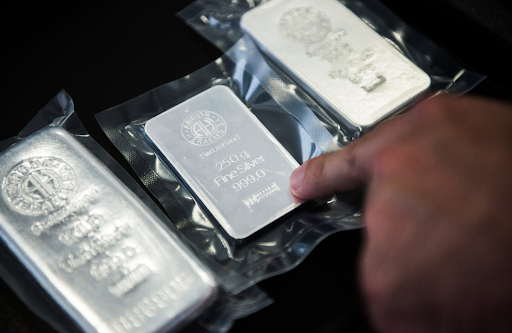
How to Identify Genuine Silver Bullion: Tips for Buying a Kilogram of Silver
Investing in precious metals, particularly silver, can be a lucrative decision. Among the most sought-after forms of silver is the kilogram of silver bullion. Known for its high purity and stability, silver bullion is an attractive investment for both novice and seasoned investors. However, with the rise in demand, the market has also seen an increase in counterfeit products. This blog aims to provide you with essential tips on identifying genuine silver bullion and ensuring that your purchase of silver is a sound investment.
Understanding Silver Bullion
Silver bullion is a precious metal sold as bars, coins, or ingots that is typically at least 99.9% pure silver. When investing, it’s crucial to understand that the value of silver bullion is determined not just by its weight and purity but also by market conditions. A kg of silver equals 32.15 troy ounces, making it a popular choice for investors looking for a significant quantity of silver in one purchase.
Research Reputable Dealers
The first step in ensuring you’re buying genuine silver bullion is to research reputable dealers. Avoid purchasing from unverified sources or individuals without a solid reputation. Look for dealers who have been in business for several years and have positive customer reviews. Websites such as the Professional Coin Grading Service (PCGS) and the American Numismatic Association (ANA) offer directories of reputable dealers.
Certification and Hallmarks
When purchasing a kilogram of silver, always check for certification and hallmarks. Genuine silver bullion should have a hallmark indicating its purity and the mint or manufacturer that produced it. For example, bars produced by well-known mints like the Royal Canadian Mint or the Perth Mint will typically display a logo, weight, and purity markings (e.g., .999 or 999). This hallmarking is crucial because it assures authenticity.
Check for Weight
Before making your purchase, familiarize yourself with the weight of a genuine silver bullion. A pure kilogram of silver should weigh exactly 1,000 grams (or 32.15 troy ounces). If you’re buying silver bars or coins, ensure that the dealer weighs the item in your presence. You can also use a digital scale to verify the weight if you’re unsure. If the weight is off, it may be a counterfeit.
Inspect for Visual Quality
Genuine silver bullion usually has a smooth and polished finish. Inspect the item for any blemishes, rough edges, or discoloration. While minor imperfections can occur during the minting process, significant flaws may indicate a counterfeit. Additionally, authentic silver should have a specific sound when tapped—an unmistakable ringing sound compared to the dull thud of many counterfeit metals.
Understand Market Pricing
Before making a purchase, understand the current market price for silver. Silver prices fluctuate based on various factors, including supply and demand, market trends, and economic conditions. If a dealer offers a kg of silver significantly below market price, exercise caution; this could indicate a fake product or that the dealer is not reputable.
Seek Professional Appraisal
If you’re still uncertain about the authenticity of your silver bullion, consider seeking a professional appraisal. Many jewellers and precious metal dealers offer appraisal services. A professional can assess the purity and authenticity of your 1 kilo of silver JBR and provide you with peace of mind regarding your investment.
Conclusion
Investing in silver bullion can be a rewarding endeavour, but it’s essential to do your homework to avoid counterfeit products. You can confidently make informed decisions in your silver investments by researching reputable dealers, performing simple tests, and being aware of market conditions. With these tips in hand, you can enhance your chances of acquiring genuine silver bullion, securing your investment for years to come. Happy investing!



